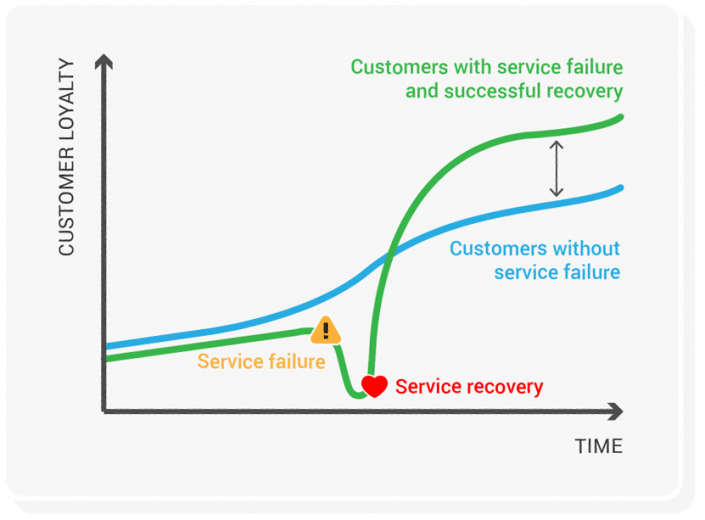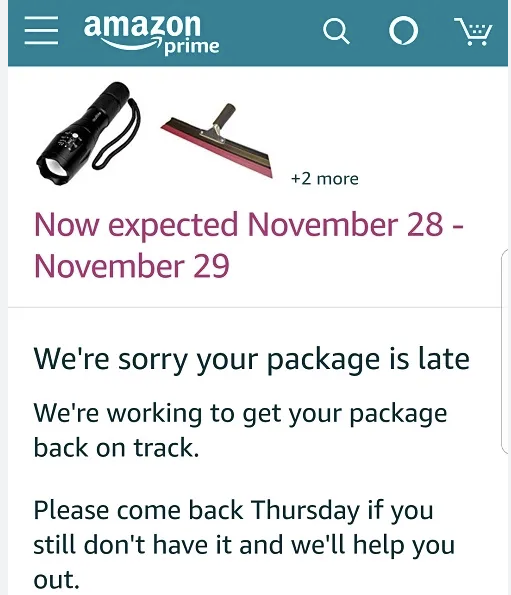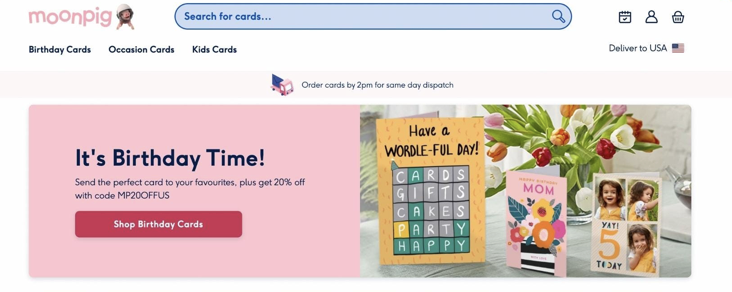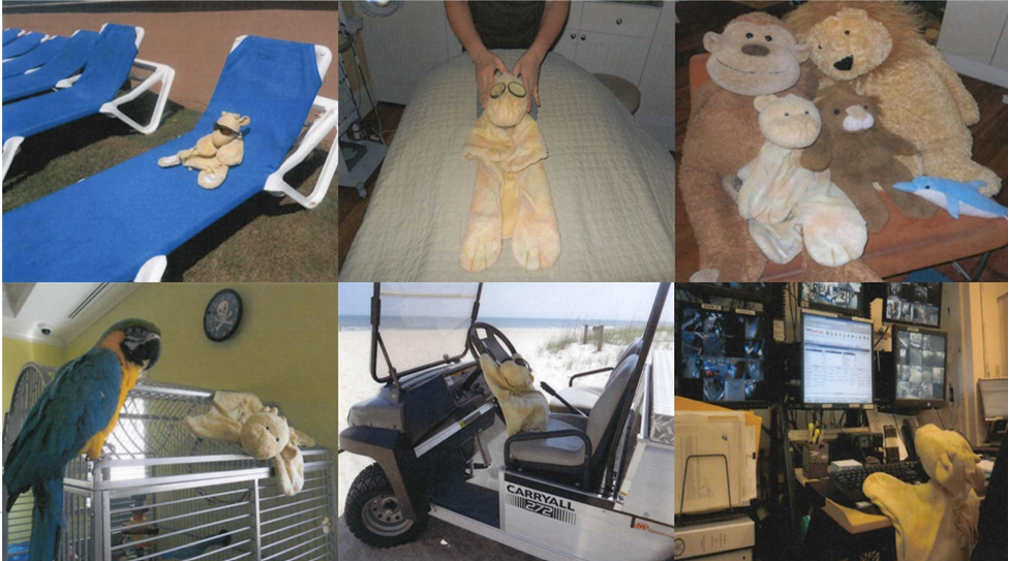Turning Setbacks into Success: The 3 stages of service recovery
Service businesses are so inherently complex that service breakdowns are inevitable. I experienced just such a breakdown last night, during a dinner to celebrate my dad’s 84th birthday at a hotel restaurant. We were placed in an annexe to the main restaurant, alongside not one but three big and noisy group parties. This despite me calling the hotel concierge a week earlier to secure a nice table for our special occasion. This negative experience reminded me of the importance of “service recovery”.
Rather than viewing such experiences only as a failure, savvy organizations have systems in place to re-establish and even enhance customer satisfaction. A sincere apology, a thoughtful remedy and exceeding expectations not only mitigate immediate dissatisfaction. Thanks to what is know as the “Service Recovery Paradox” (SRP), customers may actually think more highly of your company following successful correction of a service failure, compared to a situation where non-faulty service had been provided (1).
In this post, we explore three stages of service recovery, showing how last night’s restaurant missed a trick at each stage. We also look at examples of service brands that get it right.

1. Recognition: acknowledge the problem
Quickly and positively recognizing that a service issue exists is the first step in effective service recovery. Ignoring or denying the problem can exacerbate the situation and further damage the customer relationship. In my case, a polite request to move to a quieter table in the main area of the restaurant was met with a look of disdain and inconvenience. “That will take 10 to 15 minutes to set up,” the disgruntled waitress told me, despite the fact I could see there were several three tables in the main area of the restaurant.
One brand that excels in this area is Amazon. Known for its customer-centric approach, Amazon swiftly recognizes and acknowledges service issues. For instance, when a delivery is late, Amazon promptly acknowledges the issue, often before the customer even becomes aware of it, through automated tracking and alert systems. By recognizing and communicating about the problem proactively, they reassure the customer that they are aware of the situation and are working on resolving it.

2. Recovery: resolve the issue
Quick and positive action to address and resolve service issues is crucial. Successful recovery can turn a disgruntled customer into a brand advocate. In my case we did finally get moved to a quieter table to enjoy our dinner. However, this solution took longer than it needed to, adding to the frustration with the initial problem.
One brand that practices such quick resolution is the Moonpig online card service, that I also used for my Dad’s birthday. My card failed to arrive on the birthday itself. The customers service person I interacted with via online chat immediately offered to refund the price of the card, even though the full 36 hour delivery window in the small-print had not expired. Such immediate and positive action leaves a lasting impression and makes customers feel valued and cared for.

3. Reinforcement: remind customers
The final step in the service recovery process is reinforcement – reminding customers of the positive resolution and ensuring their complete satisfaction. In my case, the restaurant staff missed a golden opportunity at the end of our meal to reinforce the positive resolution of my complaint. For example, the waitress who moved us could have said with a smile something along the lines of, “I hope you enjoyed your dinner and that the new table was better?” Instead, she still looked annoyed at me for inconveniencing her!
The Ritz-Carlton is renowned for its exceptional customer service and memorable gestures as posted on recently here. The case of the missing stuffed giraffe ‘Joshie’ is not exactly service recovery, as the loss of the toy was down to its owner, not the hotel. However, it does illustrate well the idea of reinforcing a service gesture to help it be remembered. Not only did the hotel send Joshie back, but they also included photos of Joshie enjoying a spa day, pool time and even helping out in the resort.

In conclusion, service recovery is not merely about rectifying a service failure. It is an opportunity to create a memorable experience and deepen customer loyalty. Recognizing, recovering, and reinforcing are three steps that can transform a potentially negative situation into a powerful, positive interaction.
SOURCES:


